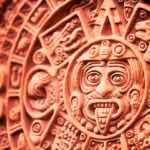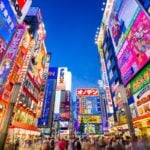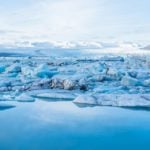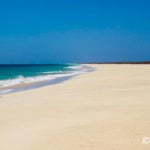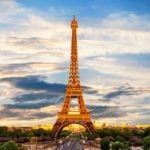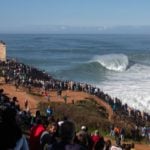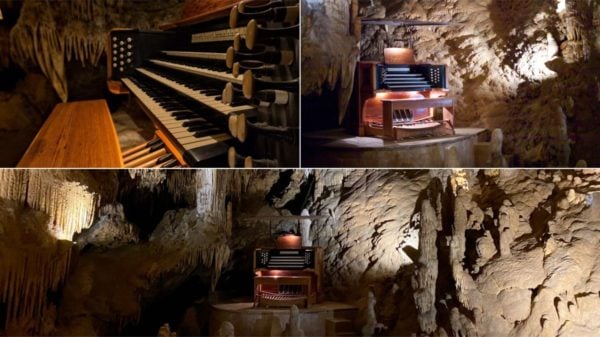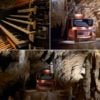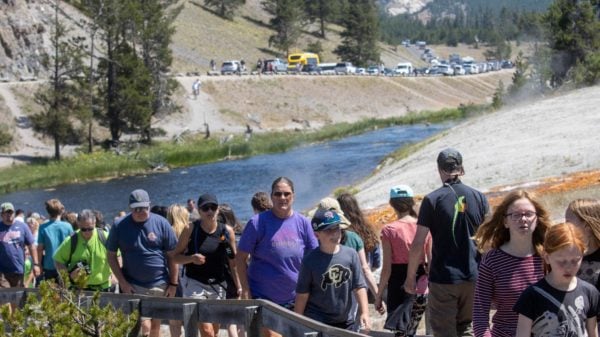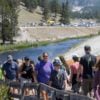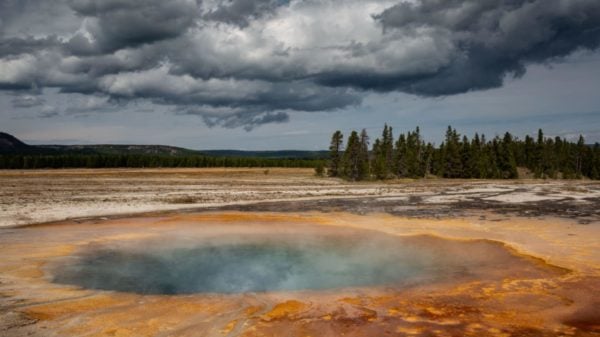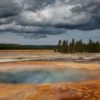In 2017, scientists uncovered the existence of a “long-lost” continent called Zealandia. The newly found piece of earth was discovered lying underneath New Zealand in the South Pacific Ocean. Now, geologists have succeeded in introducing the landmass to the global map.
Very soon, we might be seeing an updated map that will feature Zealandia, the new subcontinent. A subcontinent is formed by detaching itself from another continent, which in this case is Antarctica. What
Scientists Just Discovered At The Grand Canyon TERRIFIES The Whole World
<iframe width=”100%” height=”100%” frameborder=”0″ allowfullscreen=”true” src=”https://www.youtube.com/embed/oYkwvch2DA0?rel=0″></iframe>
The indigenous Maori people of New Zealand also have a name for the underwater treasure — Te Riu-a-Māui. Translated, it means “the hills, valleys, and plains of Māui – the great East.”
Given that this 8th continent covers nearly 5 million square kilometers, which is about half the size of Australia, it is common to wonder why it hadn’t been discovered until a few years ago.
“This is an example of how something very obvious can take a while to uncover,” says Andy Tulloch, one of the researchers who discovered the continent and a geologist at the New Zealand Crown Research Institute, GNS Science. The continent’s elusiveness also owes to the fact that about 94% of its mass is submerged by the Pacific Ocean.
The surviving 6% is what makes up the North and South islands of New Zealand, the French-governed New Caledonia islands, and Stewart Island. But the greater part of it has been underwater for the past 23 million years.
About 175 million years ago, Gondwanaland, the ancient supercontinent, split into Arctantica, India, Australia, Africa, and South America.
Researchers are sure that Zealandia broke out from Antarctica undetected about 100 million years ago due to the presence of a large fault zone along its southern perimeter. This breakaway led to a stretching of its continental crust, which is between 10 to 30 km thick as against the 30 to 45 km for other continents.
Over the years, scientists have been divided over its most suitable classification as a microcontinent, submerged continent, or continental fragment. Notably, a group of scientists had published a study in 2017 pushing for its recognition as a continent, citing its landmass, which they believe qualifies it for a continental status.
Due to its inaccessibility, geologists haven’t been able to conduct a thorough study of the area. Most of its mass is 2 km below water level. But scientists have made the most of what they could find — rock samples that were rescued from the sea through drilling and dredging operations.
Researchers were able to obtain big sandstone formations and pebbles of basaltic rock. These sandstones, believed to be about 90 million years old, contained much older granites and volcanic pebbles, proof that Zealandia was once a dry and active volcano range.
Analysis of these rock samples, which were published on Tectonics with the title, “Reconnaissance Basement Geology and Tectonics of North Zealandia,” combined with geophysical mapping techniques have proved quite helpful.
Now, scientists have been able to draw up a map of the continent. The map captured and clearly distinguished the visible and submerged sections of the continent. Hopefully, the continent will give up more of its secrets as time goes on.




